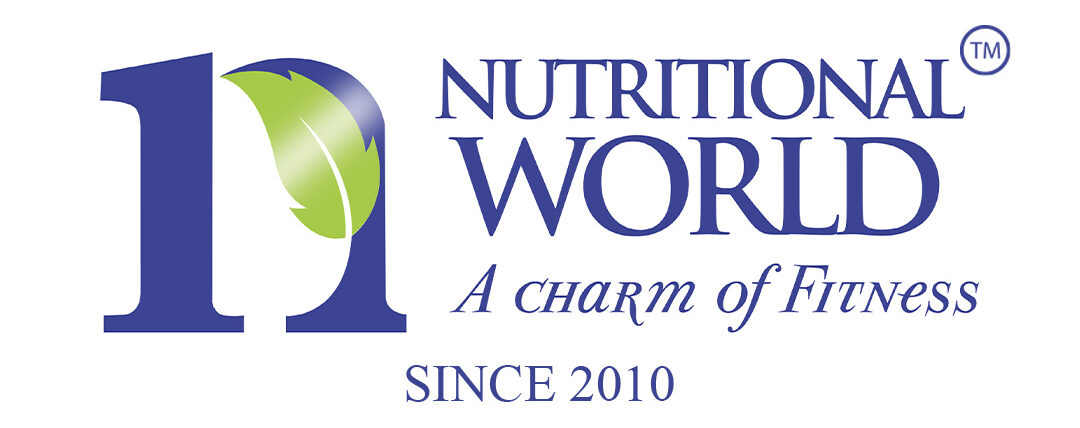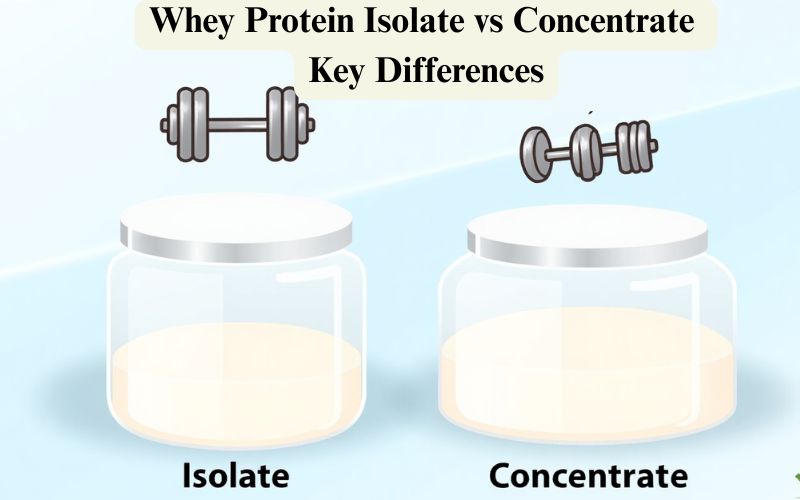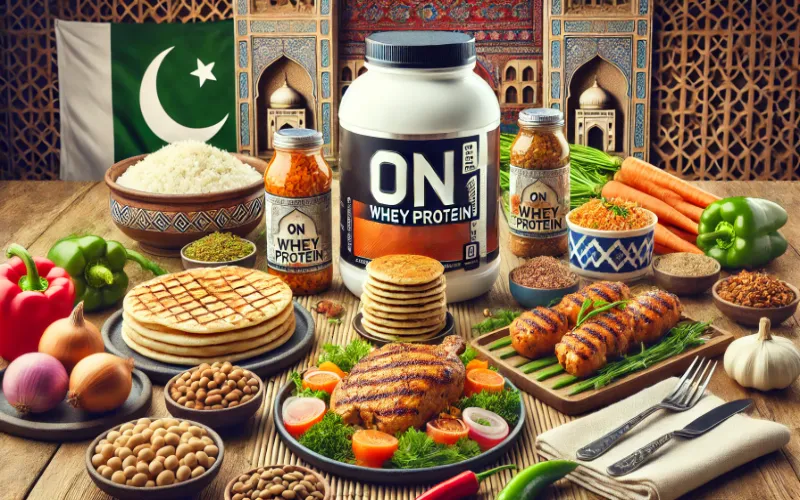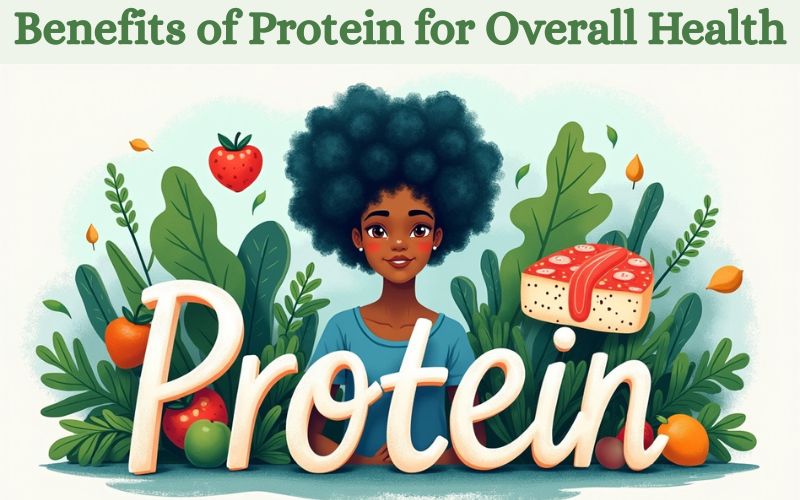When it comes to building muscle, managing weight, or simply maintaining a balanced diet, protein supplements often top the list. Two of the most popular options are whey protein and whey protein isolate. While they come from the same source—milk—their processing, nutritional profiles, and benefits can differ significantly. Understanding the differences is essential to making an informed decision that suits your body, fitness goals, and budget.
In this guide, we’ll break down whey protein vs whey protein isolate, compare their nutritional value, and recommend which might be right for you.
Table of Contents
What is Whey Protein?
Whey protein is a high-quality, complete protein derived from milk during the cheese-making process. When milk is curdled, it separates into casein (solid) and whey (liquid). That liquid whey is filtered, dried, and turned into the protein powder we commonly use.
Types of Whey Protein
- Whey Protein Concentrate (WPC):
Contains 70–80% protein, with some lactose, fats, and carbs. This is the most common and cost-effective form. - Whey Protein Isolate (WPI):
A more refined form with over 90% protein and minimal fats and lactose. - Whey Protein Hydrolysate:
Pre-digested for faster absorption; often used in clinical and infant formulas or high-performance supplements.
In this article, we’ll focus on whey concentrate and compare it directly with whey isolate.
Nutritional Breakdown of Whey Concentrate (per 30g serving)
- Protein: ~22g
- Carbs: ~3–4g
- Fat: ~2–3g
- Lactose: Present
- Calories: ~120–130 kcal
What is Whey Protein Isolate?
Whey protein isolate undergoes additional filtration (cross-flow microfiltration or ion-exchange) to remove most of the fats and lactose. This results in a more purified product.
It’s ideal for individuals looking for maximum protein content with minimal extras—especially those with lactose sensitivity or following strict dietary plans.
Nutritional Breakdown of Whey Isolate (per 30g serving)
- Protein: ~26–28g
- Carbs: <1g
- Fat: <1g
- Lactose: Trace to none
- Calories: ~100–110 kcal
Whey Protein vs Whey Protein Isolate: Key Differences
| Feature | Whey Protein Concentrate | Whey Protein Isolate |
| Protein Content | 70–80% | 90–95% |
| Lactose | Moderate | Low to none |
| Carbohydrates | 3–4g per serving | <1g per serving |
| Fat | 2–3g per serving | <1g per serving |
| Calories | Higher (~120–130 kcal) | Lower (~100–110 kcal) |
| Taste & Texture | Creamier, fuller taste | Lighter, sometimes less creamy |
| Mixability | Smooth in water/milk | Mixes easily, thinner texture |
| Price | Budget-friendly | More expensive per gram |
| Digestibility | Slower, may cause bloating | Faster, better for sensitive guts |
Which is Better for Different Fitness Goals?
Muscle Gain
- Both options support muscle growth due to high-quality amino acids.
- Whey concentrate is often preferred by beginners or bulkers due to added calories and affordability.
Weight Loss
- Whey isolate is better for cutting fat while preserving lean muscle, thanks to its lower carb and fat content.
Lactose Intolerance or Digestion Sensitivity
- Whey isolate is the go-to choice since it has little to no lactose, reducing bloating or digestive discomfort.
Budget-Friendly Options
- Whey concentrate offers more protein per dollar, ideal for students or casual gym-goers not concerned with minute macronutrient details.
Expert Recommendation and Real-World Use Cases
Here’s how different user profiles might benefit:
- Ali, 21, Beginner Gym-Goer (Bulking Phase):
Opts for whey concentrate due to lower cost and extra calories supporting weight gain. - Sara, 30, Lactose Intolerant Fitness Enthusiast:
Prefers whey isolate for clean protein intake without digestive issues. - Zeeshan, 28, Competitive Bodybuilder (Cutting Phase):
Chooses whey isolate for ultra-lean muscle preservation with minimal carbs. - Aisha, 24, Weight Loss Journey:
Uses whey isolate post-workout to support fat loss while maintaining lean muscle.
Common Myths and Misconceptions
Myth: “Whey isolate is always better.”
Truth: Not always. While isolate offers higher purity, concentrate provides good value, more calories (helpful for bulking), and often a better taste.
Myth: “Whey concentrate is low quality.”
Truth: Most reputable brands use high-grade whey concentrate. It’s still a complete protein rich in BCAAs.
Myth: “Isolate has no lactose whatsoever.”
Truth: It has trace amounts—though not enough to cause symptoms in most lactose-sensitive users.
FAQs
Can I mix whey protein and whey isolate together?
Yes! Many athletes stack them to balance cost and nutrition—using isolation post-workout and concentrating in smoothies or meals.
Is whey isolate worth the extra cost?
If you’re cutting, lactose-sensitive, or need high purity, yes. Otherwise, concentrate offers solid performance at a better price point.
Which one is better for sensitive stomachs?
Whey isolate due to lower lactose and minimal fats—easier on digestion.
Can I take both at different times of the day?
Absolutely. Use isolate when fast absorption is needed (e.g., post-workout), and concentrate for slow-release scenarios (e.g., morning shakes).
🥛 Does isolate taste worse than concentrate?
Not necessarily. Some isolates are flavored excellently, but concentrate often has a creamier taste due to fats and carbs.
Conclusion
Whey protein vs whey protein isolate isn’t about which one is “better”—it’s about what aligns with your personal fitness goals, digestion, and budget.
- If you’re looking for maximum protein with minimal extras, go with whey isolate.
- If you prefer a more affordable, well-rounded supplement, whey concentrate does the job just fine.
Ultimately, both are excellent sources of complete protein. Choose wisely based on your needs, and you’ll get the best out of your training and nutrition.


























